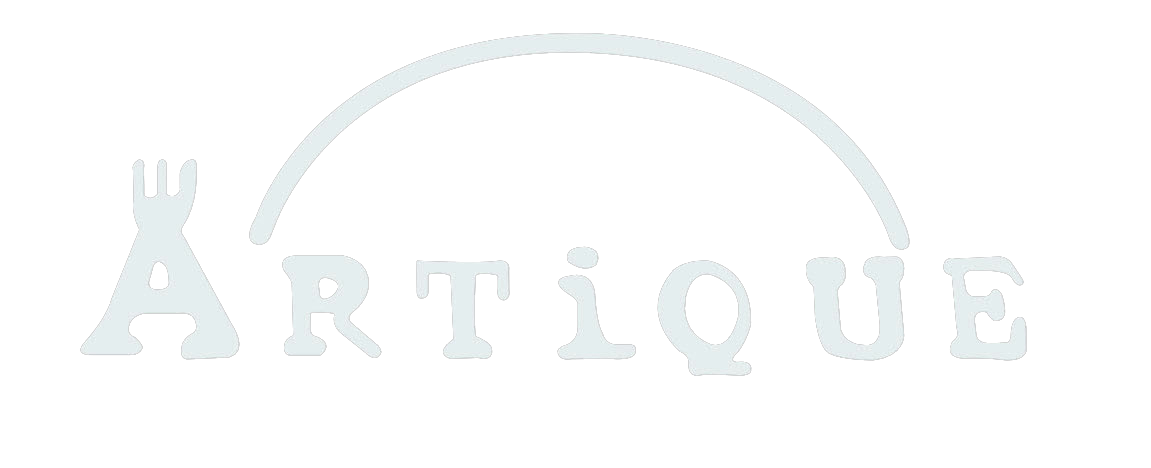 Image 1 of 5
Image 1 of 5

 Image 2 of 5
Image 2 of 5

 Image 3 of 5
Image 3 of 5

 Image 4 of 5
Image 4 of 5

 Image 5 of 5
Image 5 of 5






Carved Konyak warrior
P.O.A.
The Konyak warrior tribe is one of many Naga tribes. But what sets them apart from the rest of the tribes of this North Eastern Indian state is their fierce headhunting history, which was part of their strong warrior tradition. Territorial conflicts between rival tribes and villages were resolved through warfare and Konyaks were feared for their headhunting skills - they beheaded their enemies and brought back the severed heads as trophies in a specially designed basket that they carried to the battles. The heads were then proudly displayed on the walls and doorways of the warriors.
The Indian government put a ban on headhunting in 1960 but Konyaks say that the tradition continued for a few more years before limited aspects of modernity were accessible in these remote parts of Nagaland. The next generation of the Konyaks partially embraced a Baptist-based Christianity.
In the remote villages of Nagaland’s Mon district, which borders Myanmar, a motley band of elderly former warriors are still viable - their tattoos faces and torsos bear witness to mortal combat, and the once customary headhunting. It was tradition to honor the men with tattoos on their faces and chest as a mark of their heroic deeds. The elaborate process was done only by the chieftan’s wife.
Now mostly in their 80s, these former warriors are distinguishable also by their large ear piercings made of animal horns and war hats made of hunted wild pigs horns, hornbill feathers, and wild bear or goat hair. They still carry the knives with which they killed. Rumour has it that the odd head still goes missing! This unusual figure depicts a Konyak warrior returning from battle with his trophy heads.
Late 19th century. 118cm height x 47cm width x 22cm depth.
To buy and to organise delivery, please contact us, and include item description.
Alternatively, all of our items are available to buy from our Tetbury shop, where we hold a vast selection of stock.
P.O.A.
The Konyak warrior tribe is one of many Naga tribes. But what sets them apart from the rest of the tribes of this North Eastern Indian state is their fierce headhunting history, which was part of their strong warrior tradition. Territorial conflicts between rival tribes and villages were resolved through warfare and Konyaks were feared for their headhunting skills - they beheaded their enemies and brought back the severed heads as trophies in a specially designed basket that they carried to the battles. The heads were then proudly displayed on the walls and doorways of the warriors.
The Indian government put a ban on headhunting in 1960 but Konyaks say that the tradition continued for a few more years before limited aspects of modernity were accessible in these remote parts of Nagaland. The next generation of the Konyaks partially embraced a Baptist-based Christianity.
In the remote villages of Nagaland’s Mon district, which borders Myanmar, a motley band of elderly former warriors are still viable - their tattoos faces and torsos bear witness to mortal combat, and the once customary headhunting. It was tradition to honor the men with tattoos on their faces and chest as a mark of their heroic deeds. The elaborate process was done only by the chieftan’s wife.
Now mostly in their 80s, these former warriors are distinguishable also by their large ear piercings made of animal horns and war hats made of hunted wild pigs horns, hornbill feathers, and wild bear or goat hair. They still carry the knives with which they killed. Rumour has it that the odd head still goes missing! This unusual figure depicts a Konyak warrior returning from battle with his trophy heads.
Late 19th century. 118cm height x 47cm width x 22cm depth.
To buy and to organise delivery, please contact us, and include item description.
Alternatively, all of our items are available to buy from our Tetbury shop, where we hold a vast selection of stock.
